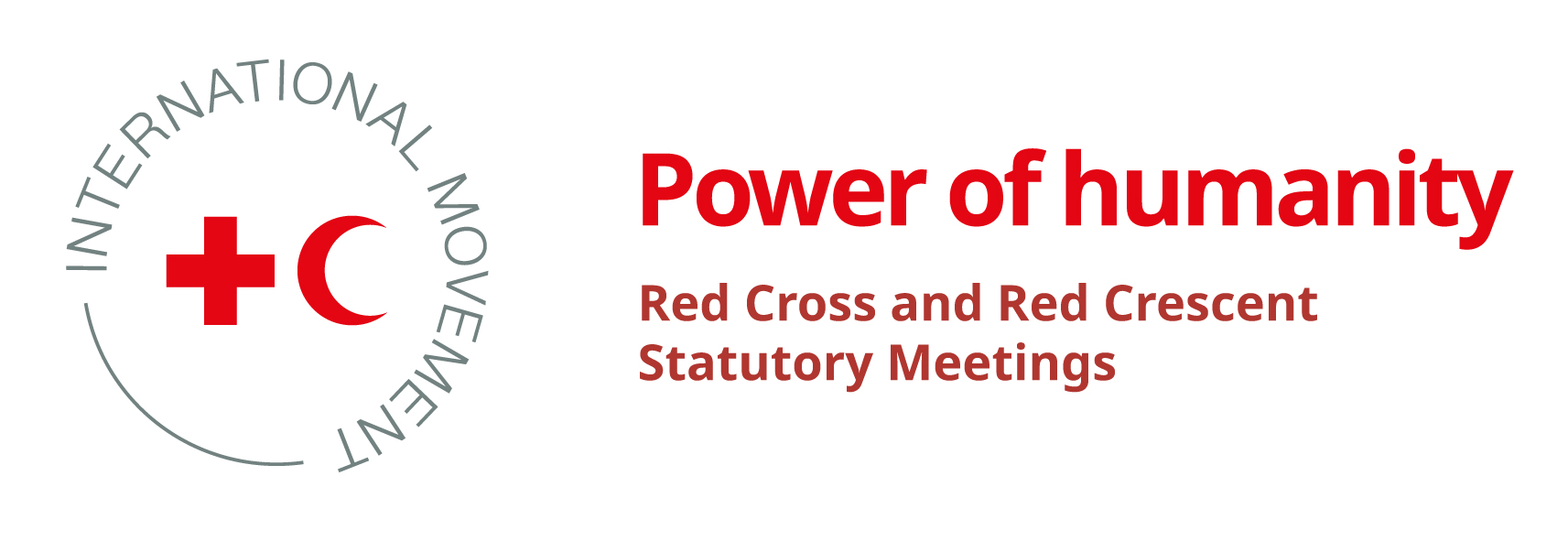The Climate and Environment Charter two years on: Progress and challenges
by Catherine-Lune Grayson, Head of Policy Team, ICRC ; Amir Khouzam, Policy Adviser, ICRC ; Ninni Ikkala Nyman, Lead, Climate and Resilience (interim), IFRC

The humanitarian impact of the climate crisis has never been more visible; around the world, events such as storms, droughts and heatwaves have become more intense, more frequent and less predictable. There is a profound sense that we are no longer merely teetering on the brink of climate change; we experience its impact on a daily basis and urgent action is needed.
In 2019, during the 33rd International Conference, the International Committee of the Red Cross (ICRC) and the International Federation of Red Cross and Red Crescent Societies (IFRC), along with several National Societies, committed to take steps to strengthen the resilience of communities to climate change and to mobilize the humanitarian sector to enhance its response capacity to climate and environmental crises. The resulting charter, drafted in the spirit of the 1994 Code of Conduct for the International Red Cross and Red Crescent Movement and Non-Governmental Organizations in Disaster Relief, contained clear and ambitious commitments to rally the humanitarian community to action.
Two years on, the charter has achieved its initial aims. Within twelve months of its launch, more than 100 humanitarian organizations had signed the document. By the end of 2022, that number had risen to nearly 350. Signatories including more than 120 National Red Cross and Red Crescent Societies, United Nations agencies, international non-governmental organizations, local organizations, research institutes and humanitarian think tanks, all committed to respond to the climate crisis and to limit their environmental impact and greenhouse gas emissions.
Beyond gathering signatories, the charter has served to galvanize humanitarian action in response to climate change. At COP26 and COP27, signatories issued joint statements on the need for urgent and ambitious climate action. Moreover, the charter’s seven clear and ambitious commitments have been referenced and replicated in guidance documents across the humanitarian sector.[1] The charter was established for and by the humanitarian sector, and was officially endorsed by the Movement at the 2022 Council of Delegates.
Looking ahead to the 34th International Conference, it is important to consider the charter’s acceptance beyond the Movement and the humanitarian sector. In response to interest shown by states, a “supporters” category was established and now includes 11 official supporters, including leading humanitarian donor states. The broader donor community also remains engaged: the charter’s language and structure informed a donor declaration, drafted by the European Union and France, setting out humanitarian donors’ commitments to support the humanitarian sector’s response to the climate crisis.
To date, the ICRC, the IFRC and the International Council of Voluntary Agencies have taken the lead on the charter. Now, as the mobilization period draws to an end, the project is entering a critical new phase. The humanitarian sector must translate its commitments into action. This will require investment and effort; organizations will need to improve their understanding of climate risks, take them into account in their operations and ensure that their humanitarian responses are fit for purpose.
Indeed, organizations have already begun to develop specific targets and corresponding road maps. Within the Movement, the ICRC and the IFRC have both developed such targets; the ICRC has drafted a corresponding plan of action and the IFRC is working to support National Societies to develop their own targets and strategies.
The charter provides a framework for gathering knowledge and expertise accessible to Movement components and the humanitarian sector as a whole. The next step will involve measures to make sure that the charter is supported by a governance structure that can guarantee the efficient and sustainable functioning of this platform. Cooperation among all stakeholders, including states, humanitarian organizations and the components of the Movement, will be required to ensure success.
The challenges are clear, as is the need for ambitious action. The charter represents a collective response to the most pressing issue we face today. Although some progress has been achieved, much still remains to be done.
Read more about this topic
Website: The Climate and Environment Charter for Humanitarian Organizations
On the origins of the charter: “Inclusion was key to this”
Standing together: the Climate and Environment Charter for Humanitarian Organizations
[1] For further information on the Charter’s seven commitments – namely adapting humanitarian programmes, reducing greenhouse gas emissions, embracing local leadership, improving knowledge and understanding, working together, mobilizing ambitious action and developing and implementing targets – see www.climate-charter.org.
The International Committee of the Red Cross, the International Federation of Red Cross and Red Crescent Societies, and the Standing Commission of the Red Cross and Red Crescent, in its function as Trustee of the International Conference of the Red Cross and Red Crescent (the Conference), cannot be held responsible or liable in any manner for any user-generated content or posts on this Database. In the event that the Website team considers any post or content to be incompatible with the Fundamental Principles of the International Red Cross and Red Crescent Movement and/or with the objectives of the Conference, it reserves the right to remove such content.




